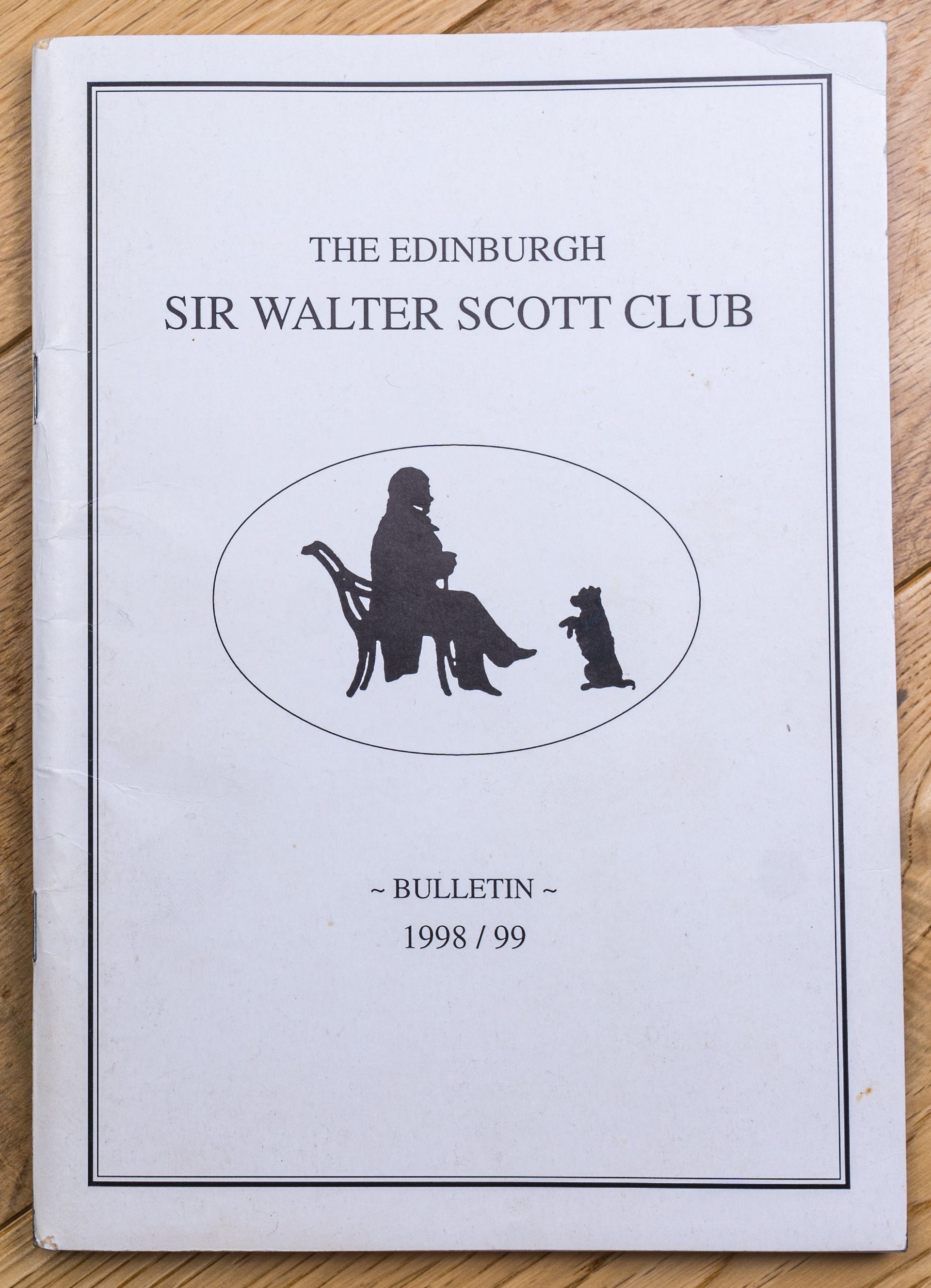Boorjoy’s Bonnie Braes
Richard D. Jackson
Article from the 91st Annual Bulletin 1999
Summary of the Article:
This text explores the historical, literary, and linguistic significance of Bourjo (or Boorjoy), a location on the Eildon Hills near Melrose. The area, known for its mounds and quarrying activity, is intertwined with local legend, early religious practices, and the construction of Melrose Abbey.
- Literary Allusions: The article begins with a nod to Walter Scott’s The Pirate and references to Druidic rituals, linking fictional characters like Minna to ancient practices.
- Historical Accounts: 18th and 19th-century documents (like Milne’s History of Melrose Parish and the Statistical Account of 1845) describe the area as one associated with pagan rites, including sacrifices to Baal and Jupiter.
- Archaeological Observations: Three prominent mounds, possibly used by Druids, are described as part of the landscape. However, geological surveys between 1938–1946 suggest Bourjo was primarily a sandstone quarry used extensively in the construction and later restoration of Melrose Abbey.
- Scott’s Role: Sir Walter Scott was closely involved in the Abbey’s 19th-century restoration. He advocated for architectural conservation and sourced stone from Bourjo. His poetic appreciation of the Abbey’s ruins highlighted the exceptional craftsmanship and enduring sharpness of the stonework.
- Etymology of “Bourjo”: Jackson examines potential origins of the name. One theory links it to the Gaelic bourach (heap of stones or hut), another to the Old English bur (dwelling). A play on French words bure (a shaft) and jaune (yellow) leads to the poetic possibility that bure jaune became Bourjo, referring to the yellowish sandstone used after 1385.
- Cultural Reflection: The term “Boorjoys’ bonny braes” resurfaces in literature—John Buchan’s Huntingtower—showing the phrase’s nostalgic and cultural resonance in the Scottish Borders.
Noteworthy Points
- Layered History: Bourjo shifts in meaning over time—from a Druidic sacrificial site to a practical stone quarry—reflecting how place names accumulate myth, function, and memory.
- Scott’s Involvement: It’s fascinating that Scott not only romanticised Melrose Abbey in verse but took physical responsibility for its preservation. His emotional investment went beyond literature into hands-on heritage work.
- Linguistic Intrigue: Jackson deftly blends etymology with local dialect and multilingual puns (e.g., “bure jaune” = Bourjo), showing how language evolves from practical terms into cultural markers.
- Borderer Identity: The article subtly illustrates how modern Borderers reinterpret historical or mythic places with a blend of humour, nostalgia, and practicality—embodied in Jaikie’s comic tune in Huntingtower.
- Unresolved Origins: The true origin of “Bourjo” remains ambiguous, adding to the allure. Is it Gaelic? Anglian? French-influenced mining slang? Jackson leaves room for debate.
Download the [transcript] or Read the [bulletin]

Download the [transcript] or Read the [bulletin]


